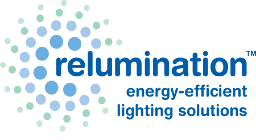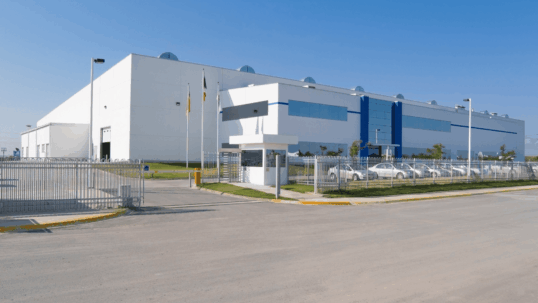What makes LEDs more energy efficient than other types of lighting? LED lighting employs a distinct physical process that differs from previous lighting technologies, which is what makes it more efficient.
Incandescent Bulbs
Incandescent bulbs heat a piece of metal to a high temperature, causing it to glow white hot. Unfortunately, a lot of energy is lost as heat, as you can easily notice by putting your hand near an incandescent bulb.
Fluorescent Bulbs
Fluorescent bulbs operate by two physical processes in sequence. The first of these occurs when an electric current is run through mercury vapor, causing the mercury atoms to emit ultraviolet (UV) light. This light is not visible, so fluorescent lamps require another step, and this is where fluorescence comes in.
Fluorescence is the process where a material absorbs light of one color and emits light of another color. In the case of fluorescent lamps, a material coating the bulb absorbs the UV light and emits visible light. This process is more energy-efficient than incandescent bulbs because it does not require heating a material. However, because it is a two-step process where each step is not perfectly efficient, its efficiency is still limited.
Another issue with fluorescent bulbs is that the mercury they contain is hazardous and has to be disposed of properly.
LEDs
LED stands for light-emitting diode. The diode is the physical object that emits light. This is a one-step process, which helps explain why LED bulbs are more efficient than fluorescent bulbs.
The material at the heart of an LED is a semiconductor. This material can directly absorb electric energy and emit light, which also helps maintain high efficiency.
LEDs are not perfectly efficient. Their efficiency depends largely on the type of semiconductor material used. Scientists are continually exploring new semiconductor materials to enhance LEDs and improve their energy efficiency.
If you have any questions about LED lighting, please feel free to contact us.




